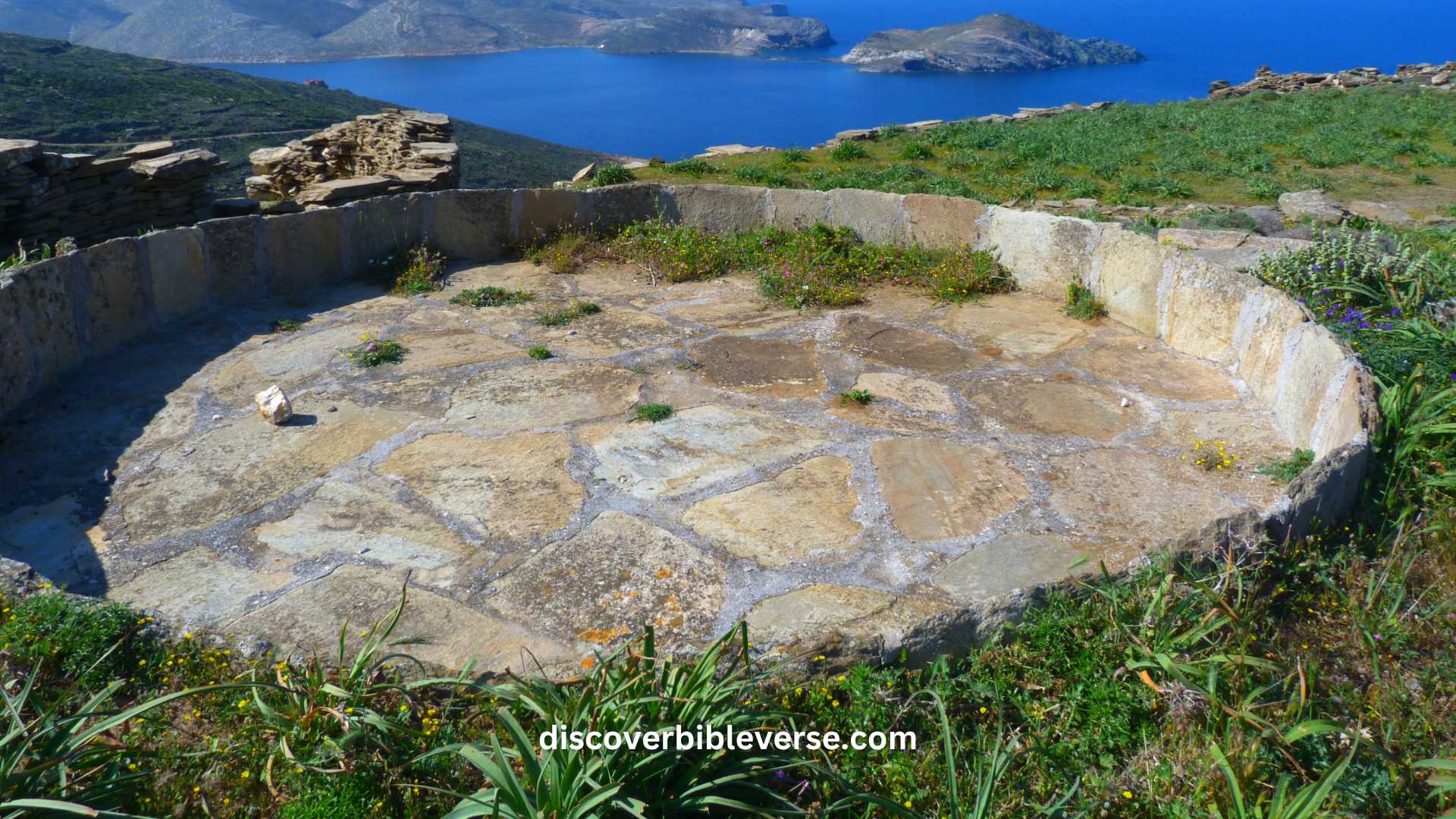The threshing floor, a term frequently encountered in the Bible, holds profound spiritual significance. It’s not just a physical location for separating grain from chaff but a powerful metaphor illustrating deeper spiritual truths. Let’s delve into this rich biblical imagery to uncover its layered meanings.
The Threshing Floor: A Place of Separation and Judgment
In biblical times, a threshing floor was a flat surface where farmers separated grain from chaff. This process, involving beating or trampling, is rich in symbolism. The Bible often uses the threshing floor as a metaphor for judgment and separation of good from evil. For instance, in the parable of the wheat and the tares, the threshing floor symbolizes the final judgment, where the righteous are separated from the wicked (Matthew 13:24-30).
Ruth and Boaz: Redemption on the Threshing Floor
The story of Ruth and Boaz on the threshing floor (Ruth 3) is a beautiful illustration of redemption. Boaz, as Ruth’s kinsman-redeemer, symbolizes Christ’s role as our Redeemer. The threshing floor here represents a place of refuge and redemption, where Ruth’s and Naomi’s bleak circumstances are transformed by Boaz’s kindness and willingness to redeem.
David and Araunah’s Threshing Floor: The Site of Sacrifice and Worship
In 2 Samuel 24:18-25, David buys Araunah’s threshing floor to build an altar to the Lord. This act of worship and sacrifice on the threshing floor signifies repentance and reconciliation with God. It’s a poignant reminder of how God can turn a place of judgment into a place of grace and mercy.
Threshing Floor Imagery in Prophecy and Psalms
The prophets often used threshing floor imagery to convey messages of judgment and hope. For example, Micah 4:12 speaks of nations being gathered like sheaves to the threshing floor for judgment. Similarly, Psalm 1 contrasts the righteous (like wheat) and the wicked (like chaff), with the threshing floor being the place of their ultimate separation.
Practical Applications: Embracing the Threshing Floor Experience
In our lives, the threshing floor experience can be likened to times of trial and testing, where what is superficial and unessential is stripped away, leaving only what is true and lasting. It’s a call to embrace these moments, trusting that God uses them for our refinement and spiritual growth.
Related Questions and Answers from “Threshing Floor Bible”
- What is the significance of the threshing floor in the story of Ruth and Boaz?
- The threshing floor in the story of Ruth and Boaz (Ruth 3) symbolizes a place of redemption and divine provision. It’s where Boaz, as the kinsman-redeemer, symbolically takes Ruth under his care, reflecting Christ’s role as our Redeemer and the church’s relationship with Him.
- How does the threshing floor relate to David’s act of worship in 2 Samuel 24?
- In 2 Samuel 24:18-25, David purchases Araunah’s threshing floor to build an altar to the Lord. This represents a turning point where a place of judgment becomes a site of repentance, worship, and reconciliation with God, highlighting the theme of redemption.
- What does the threshing floor represent in Jesus’ teachings and parables?
- In Jesus’ teachings, the threshing floor is often a metaphor for judgment and separation. For example, in the parable of the wheat and tares (Matthew 13:24-30), the threshing floor represents the end times when the righteous will be separated from the wicked, symbolizing final judgment and the establishment of God’s kingdom.
Conclusion: The Threshing Floor as a Symbol of Divine Purpose
The threshing floor in the Bible is more than a historical agricultural tool; it’s a multifaceted symbol of judgment, redemption, worship, and spiritual growth. As we reflect on these biblical narratives, we’re reminded of God’s sovereign hand in our lives, turning our places of trial into altars of worship and transformation.





Having read this I thought it was very informative. I appreciate you taking the time and effort to put this article together. I once again find myself spending way to much time both reading and commenting. But so what, it was still worth it!